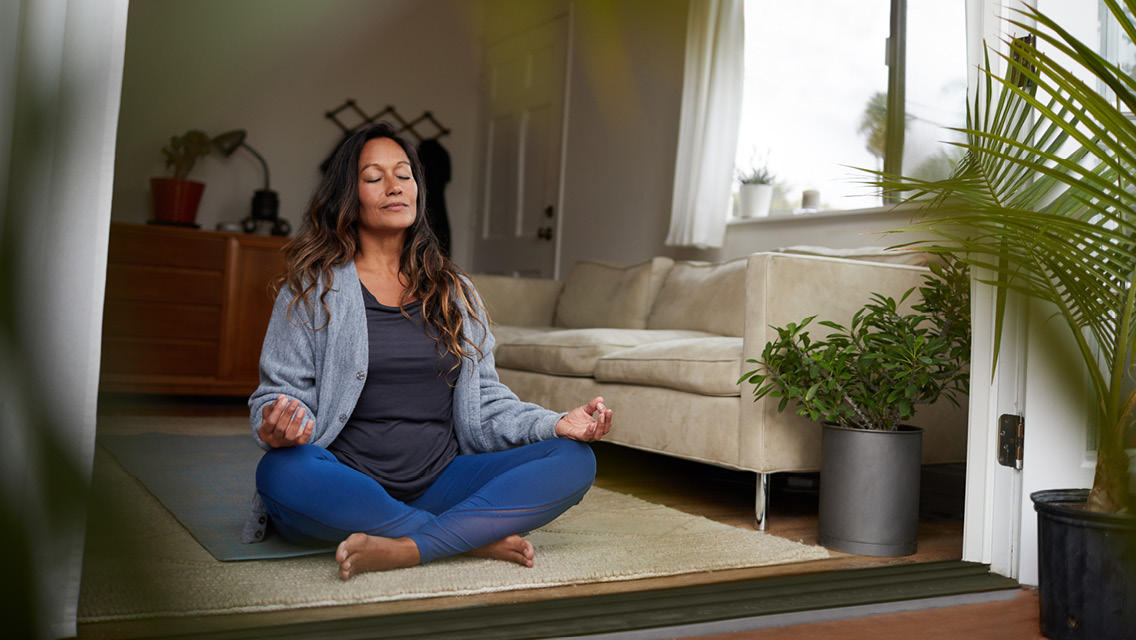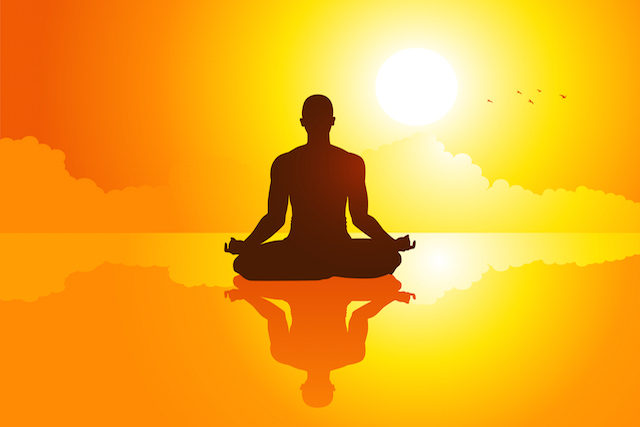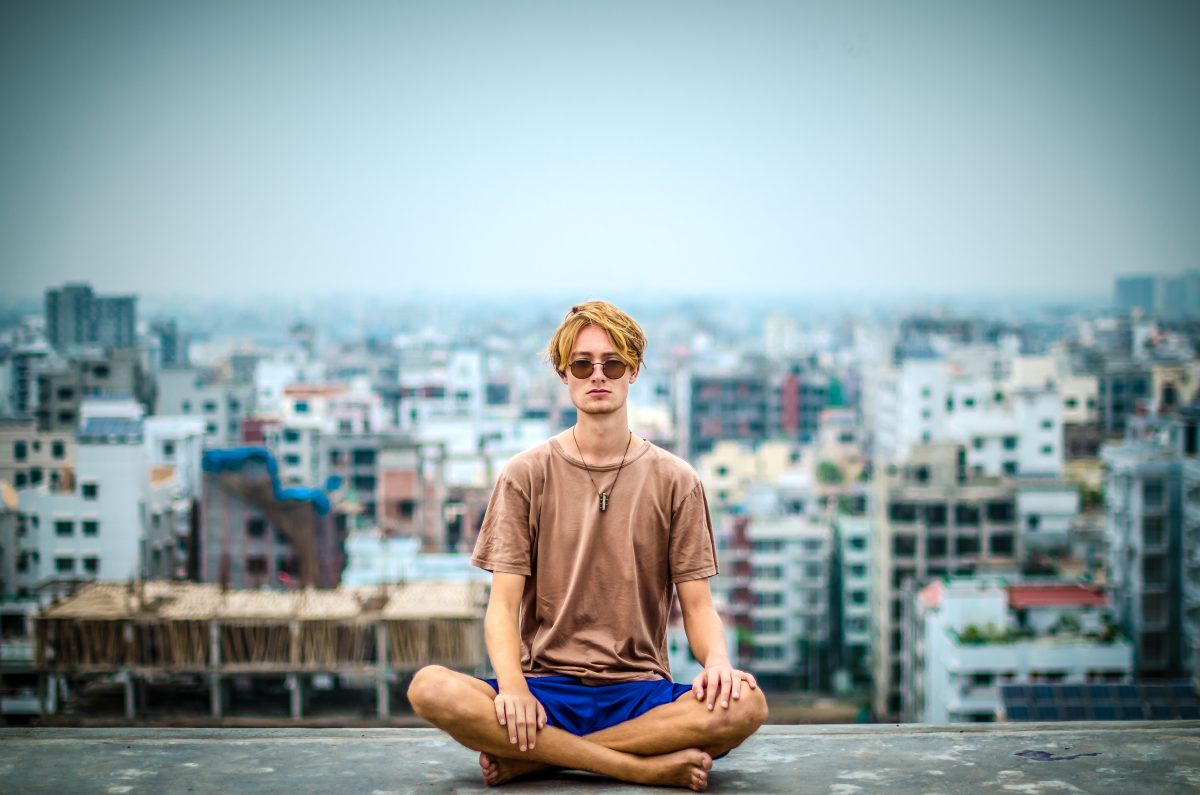A Step-by-Step Approach on How to Meditate? for Stress Relief
A Step-by-Step Approach on How to Meditate? for Stress Relief
Blog Article
How to Meditate: A Detailed Approach to Achieving Mindfulness and Calmness
Meditation works as an effective device for attaining mindfulness and psychological calm in a fast-paced world. By recognizing the essential principles and methods associated with meditation, people can grow a technique that improves their overall well-being. This conversation will describe essential actions, from creating a conducive environment to incorporating reflection into day-to-day regimens. As we explore these components, it comes to be clear that the trip to mindfulness is not merely concerning the act of resting in silence, however rather concerning cultivating a deeper link with oneself and the globe around us. What might this transformation entail?
Comprehending Meditation
Recognizing meditation entails realizing its basic principles and strategies, which function as the foundation for the technique. At its core, reflection is a psychological workout focused on promoting relaxation, constructing interior power, and creating empathy and understanding. The technique urges people to concentrate their interest, typically through techniques such as deep breathing, visualization, or concept repetition.
Reflection can be categorized into numerous designs, consisting of mindfulness, transcendental, and loving-kindness reflection, each with unique objectives and approaches. Mindfulness meditation highlights present-moment understanding and non-judgmental monitoring of feelings and ideas, while copyright entails the use of particular mantras to transcend common idea processes. Loving-kindness reflection focuses on establishing an attitude of love and compassion in the direction of oneself and others.
Despite the technique employed, the main objective remains consistent: to cultivate a much deeper understanding of the mind and its patterns. This self-awareness fosters emotional durability, clearness of thought, and a profound feeling of tranquility (How to meditate?). By comprehending these methods and concepts, people prepared for an effective reflection technique that can dramatically boost their total wellness
Planning For Your Technique
Prior to starting your reflection method, it is necessary to produce an environment favorable to concentrate and relaxation. Select a silent area where you are unlikely to be disturbed. This can be an edge of an area, a yard, or any area that stimulates a sense of tranquility. Ensure that the location is clean and cost-free of mess, as a neat environment can aid get rid of the mind.
Think about the lighting, as natural light can improve your state of mind and energy. Soft, cozy lighting is frequently extra soothing than extreme fluorescent lights. In addition, select a comfy temperature, making certain that you are neither too hot nor too cool.
Integrating components that advertise harmony can additionally boost your experience. This could consist of soft cushions or coverings for comfort, in addition to soothing scents from essential oils or scent. It can likewise be useful to have actually a timer established for your reflection session to avoid distractions from clock-watching.
Basic Meditation Methods

An additional efficient technique is body check meditation. This includes emotionally scanning you can try these out your body from head to toe, seeing any type of locations of tension or discomfort and purposely kicking back those muscles. This technique promotes a much deeper link between your body and mind.

Last but not least, loving-kindness reflection concentrates on growing empathy towards yourself and others. Silently repeat expressions of goodwill, improving emotional wellness and interconnectedness. Each of these methods works as a structure for your reflection trip, allowing you to find the method that reverberates best with your individual practice.
Keeping Emphasis and Mindfulness

Establishing a devoted reflection area can improve the ability to maintain mindfulness. A peaceful, uncluttered atmosphere reduces disturbances, enabling deeper immersion in the technique. Furthermore, establishing a time limit can assist manage assumptions; beginning with much shorter sessions might relieve the transition into longer methods.
Making use of techniques such as body scanning or observing feelings can also reinforce mindfulness. These methods encourage specialists to remain existing and engaged with their physicality, securing their focus in the minute. Routine practice is essential; the mind constructs strength over time, creating a more powerful capacity for emphasis.
Incorporating Meditation Into Day-to-day Live
Integrating meditation into everyday life can transform regular tasks into possibilities for mindfulness and self-reflection. By integrating mindfulness practices right into usual tasks, individuals can grow a greater sense of existence and serenity amidst the numerous hours of daily life.
Begin by recognizing minutes throughout your day where you can stop and exercise mindfulness. Throughout your early morning commute, emphasis on your breath or the experiences of the environment around you. In the cooking area, method cooking as an introspective method, relishing the appearances, colors, and aromas of the components. Also mundane tasks like washing dishes or strolling can come to be chances for reflection by directing your interest to the experiences of activity and the audios surrounding you. Extra resources
In addition, reserving dedicated times for reflection can enhance its method. Beginning with short sessions, gradually enhancing duration as you become extra comfortable. Usage pointers or hints-- like a details time of day or a relaxing noise-- to establish uniformity.
Eventually, the goal is to weave mindfulness right into the fabric of daily life, allowing you to approach each minute with objective, thus enhancing your general feeling of health and quality.
Conclusion
In conclusion, reliable meditation needs a silent atmosphere, a comfortable position, and an emphasis on the breath. Normal meditation, even in quick sessions, fosters a deeper link to the present moment, ultimately leading to higher calmness and psychological clarity in everyday life.
Reflection can be categorized right into different styles, consisting her response of mindfulness, transcendental, and loving-kindness meditation, each with distinctive functions and methodologies. Mindfulness reflection emphasizes present-moment understanding and non-judgmental observation of feelings and thoughts, while transcendental reflection includes the usage of certain rules to go beyond normal thought processes.With your reflection room prepared, it's time to explore different standard meditation methods that can assist grow mindfulness and inner peace.Constantly keeping focus and mindfulness during meditation can be difficult, specifically for those new to the method.Developing a committed meditation space can improve the capability to keep mindfulness.
Report this page